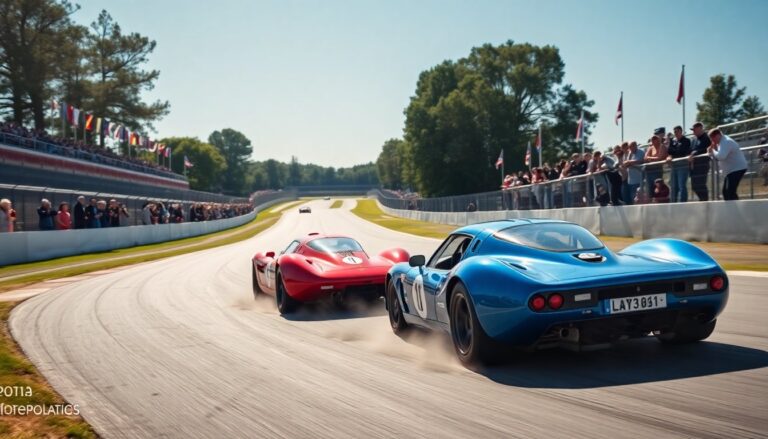Argomenti trattati
Motor sport has long been a realm where speed, skill, and technology converge. From the roaring engines of Formula 1 to the rugged terrains of rally racing, the excitement is palpable. This article explores various aspects of motor sport, its evolution, and its significance in both entertainment and technological advancements.
The evolution of motor sport
Motor sport traces its roots back to the late 19th century, beginning as a simple competition of speed among automobiles. The first recorded race occurred in 1895 in France, showcasing vehicles’ potential beyond mere transportation. As technology progressed, so did the complexity and sophistication of races. Grand Prix racing emerged in the early 20th century as a formalized event, paving the way for the modern-day Formula 1 series.
Types of motor sport
Motor sport encompasses a wide range of events, each with its unique set of rules and characteristics. Some of the most popular types include:
- Formula 1: Known for its high-speed races on meticulously designed circuits, Formula 1 represents the pinnacle of car racing technology.
- Rally racing: This type of racing occurs on public or private roads, featuring a mix of surfaces and conditions, demanding both driving skill and navigational expertise.
- IndyCar: Primarily popular in the United States, IndyCar races take place on both ovals and road courses, showcasing high-speed competition and strategic pit stops.
- Motocross: A thrilling off-road motorcycle racing event that tests riders’ skills on rugged terrains and challenging courses.
Each of these categories brings its flavor and challenges, attracting diverse audiences and participants.
The technological impact of motor sport
The profound influence of motor sport on automotive technology cannot be overlooked. Many advancements in vehicle design and safety have emerged directly from the demands of competitive racing. For instance, carbon fiber and aerodynamics have become essential elements in car manufacturing, enhancing both performance and safety on the road.
Innovation through competition
The rigorous conditions of racing require teams to constantly innovate. This has led to the development of cutting-edge technologies such as hybrid powertrains and advanced telemetry systems, which monitor vehicle performance in real time. The lessons learned on the racetrack often trickle down to consumer vehicles, improving everyday driving experiences.
Moreover, the integration of artificial intelligence and machine learning in racing strategies has opened new avenues for optimization. Data analytics is now crucial for making split-second decisions that can determine the outcome of a race. Teams analyze vast amounts of data to refine their strategies, optimize vehicle setups, and enhance driver performance.
The cultural significance of motor sport
Beyond technology, motor sport holds a significant place in popular culture, fostering a sense of community among fans and participants alike. Events like the Le Mans 24 Hours and the Monaco Grand Prix attract thousands of spectators, creating a vibrant atmosphere filled with passion and excitement.
Global appeal and fan engagement
Motor sport transcends geographical boundaries, captivating audiences worldwide. The diverse fan base engages through social media, merchandise, and fan events, further solidifying the sport’s cultural relevance. The rise of e-sports has introduced a new dimension, allowing fans to experience racing simulations and compete on virtual platforms, thus expanding the reach and engagement of motor sport.
The world of motor sport represents a dynamic blend of speed, innovation, and cultural significance. As it continues to evolve, it will undoubtedly remain a thrilling spectacle that captures the hearts of millions, driving both technological advancements and community spirit.

